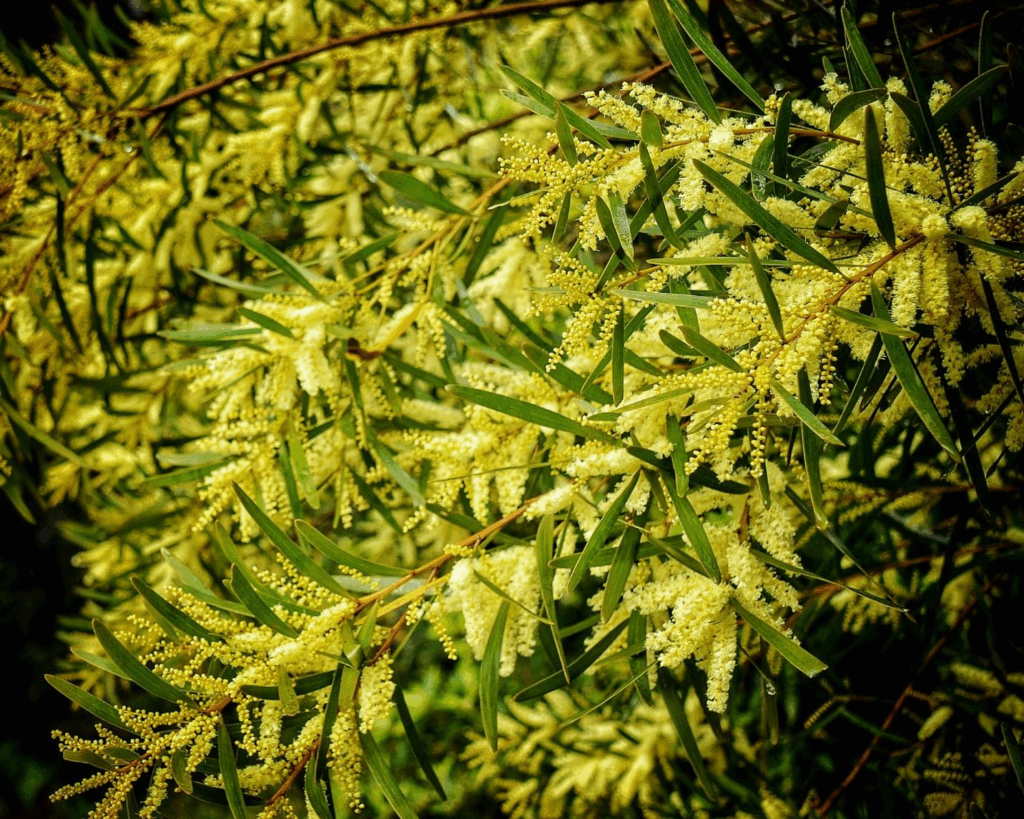Acacia trees are renowned for their adaptability, striking appearance, and ecological benefits, making them an excellent choice for landscape designers. With a variety of species in the Fabaceae family, acacias can suit multiple design needs, from creating shade to providing aesthetic appeal with delicate foliage and bright blossoms. Their versatility makes them particularly valuable in commercial, residential, and public spaces where both function and visual impact matter.
Selecting the Right Acacia Species
Choosing the correct species is crucial to the success of any landscaping project. For example, the Acacia dealbata, also known as the Silver Wattle, is appreciated for its vibrant yellow flowers and graceful, silvery leaves. In contrast, Acacia baileyana is often selected for its dense foliage and compact growth habit, ideal for hedges or privacy screens. Understanding the growth patterns, mature size, and maintenance needs of each species allows designers to create sustainable and visually appealing landscapes.
Functional Uses in Landscape Design
Acacia trees are not only decorative but also serve functional purposes in landscaping. Their ability to fix nitrogen improves soil fertility, benefiting surrounding plants and reducing the need for chemical fertilizers. Additionally, acacias can provide shade and windbreaks, making outdoor spaces more comfortable for users. Strategically planting acacias along walkways, around seating areas, or near building perimeters enhances both aesthetics and usability.
Soil and Water Requirements
Acacia trees are generally hardy and can adapt to a variety of soil types, though they prefer well-draining soil. Many species are drought-tolerant, making them suitable for low-maintenance projects or regions with water restrictions. While young trees require regular watering to establish strong root systems, mature acacias often thrive with minimal intervention. Proper soil preparation and irrigation planning are key to ensuring long-term success.

Pairing Acacias with Complementary Plants
In landscape design, acacias work well with companion plantings that highlight their unique structure and foliage. Grasses, flowering perennials, and shrubs can create a layered effect, enhancing depth and visual interest. Seasonal color contrasts, such as vibrant flower beds beneath an acacia canopy, can transform a simple garden into a dynamic, engaging space. For designers, these combinations allow for creative, multi-dimensional landscapes.
Maintenance and Longevity
Although acacia trees are relatively low-maintenance, professional upkeep ensures they maintain their intended form and health. Regular pruning prevents overgrowth, encourages flowering, and maintains safety in high-traffic areas. Monitoring for pests and diseases, fertilizing when necessary, and managing soil conditions contribute to the long-term vitality of the planting.
Ecological and Environmental Benefits
Acacias play an important ecological role in landscape design. Their flowers attract pollinators such as bees and butterflies, while their foliage can provide shelter for birds. Their nitrogen-fixing ability enhances soil quality, supporting a wider range of plant species. These benefits make acacias an excellent choice for sustainable, environmentally conscious projects.
Conclusion
Acacia trees offer landscape designers a combination of beauty, function, and sustainability. By carefully selecting species, considering site conditions, and pairing them with complementary plants, professionals can create visually compelling and ecologically responsible landscapes. Whether used as focal points, shade providers, or soil enhancers, acacias remain a versatile and valuable component of professional design projects.


